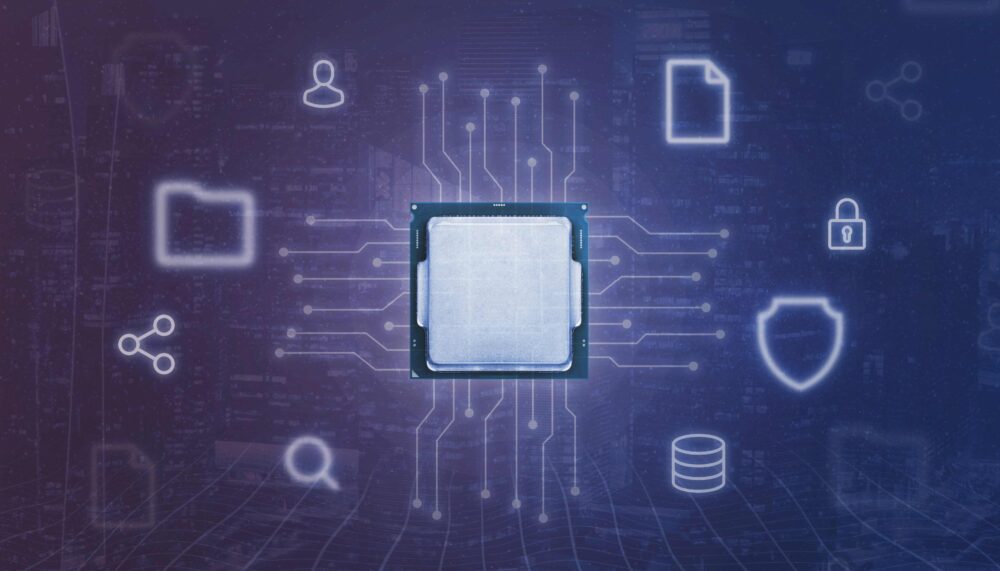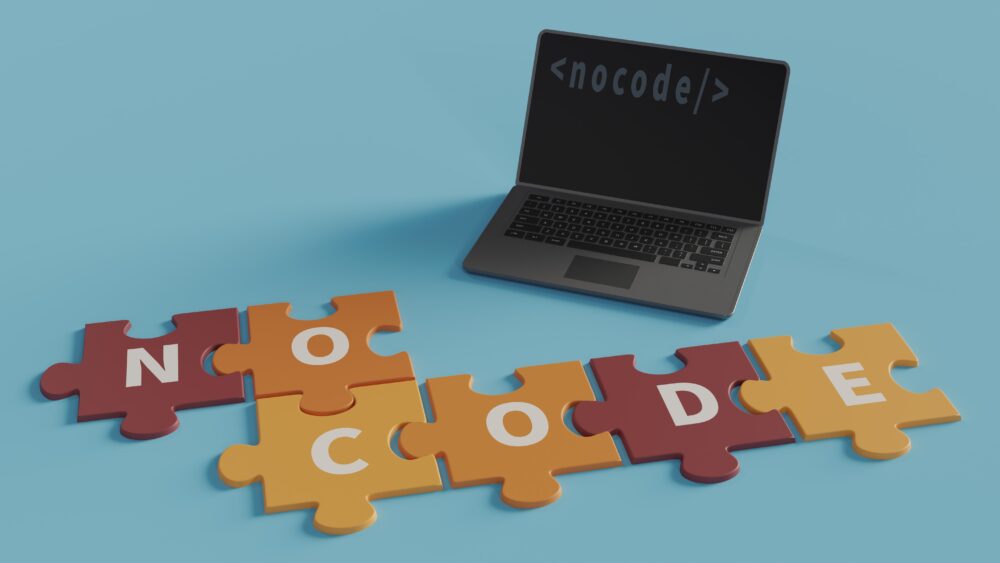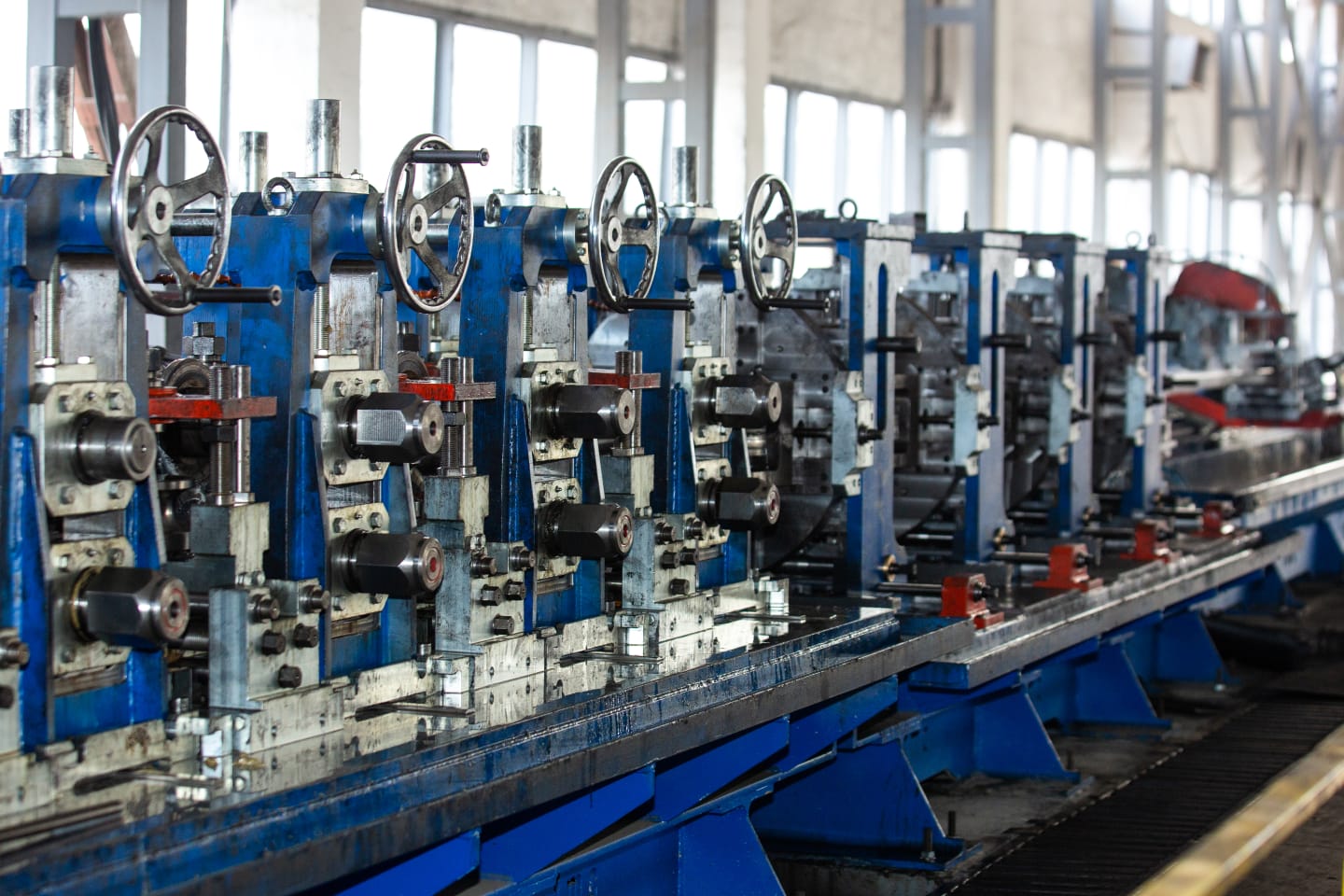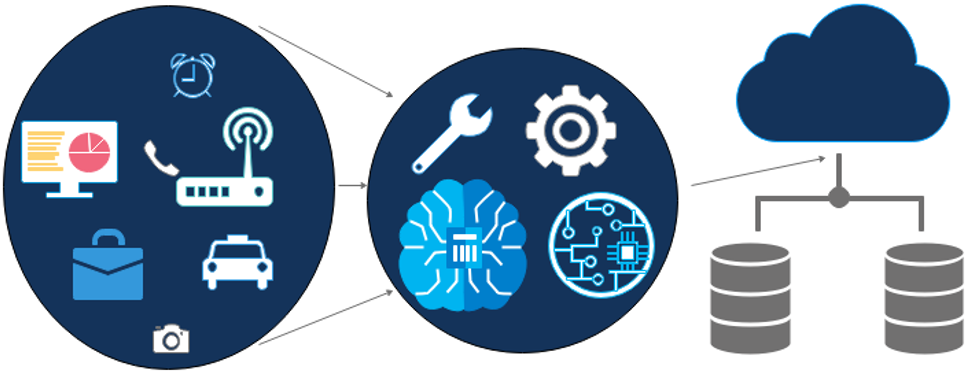What Airtel, Jio, Vodafone are doing, and how they can lead in the IoT Market!
As the telecos power ahead with new age internet technologies, like IoT, AR/VR, Blockchain and with the obvious use of AI, there is a large market that they can capture.
Internet of Things (IoT) services are becoming increasingly important as more and more devices are connected to the internet. Telcos, Telecommunications & Internet companies, have the opportunity to play a key role in the development and deployment of these services.
There are several ways that telcos can lead the future of IoT services:
- Connectivity: Telcos have the infrastructure and expertise to provide the connectivity that is necessary for IoT devices to communicate with each other and with the internet. This includes both wireless and wired connectivity options.
- Network management: Telcom Companies can manage the networks that IoT devices operate on, ensuring that they are secure and reliable. This includes managing data traffic, providing security measures such as encryption, and monitoring for potential issues.
- Data analytics: Telcos can collect and analyze data from IoT devices to gain insights and improve their services. This can include identifying patterns and trends, as well as predicting potential issues and developing solutions.
- Platforms: Can develop platforms that enable businesses and organizations to easily manage and control their IoT devices and systems. These platforms can provide features such as remote monitoring, automation, and device management.
Overall, telcos have the potential to be key players in the development and deployment of IoT services, helping to drive innovation and create new opportunities for businesses and individuals.
The B2B sector can be an important area of growth for telcos, and IoT is a key area for differentiation. IoT has the potential to transform various industries, including manufacturing, transportation, and healthcare, by enabling businesses to collect and analyze data from connected devices to improve efficiency and productivity.
Additionally, telcos that can develop and offer platform solutions that enable businesses to easily manage and control their IoT systems can also differentiate themselves in the market.
It’s important for telcos to stay up-to-date on the latest technologies and trends in the IoT space and to be able to adapt and offer new services as the market evolves. By offering innovative and differentiated IoT services, telcos can position themselves as leaders in the market and drive growth in the B2B sector.
Like what Jio is doing with Blockchain, AR/VR, IoT or even what Airtel is doing in the Industrial IoT Space is to watch out for.
5G networks are expected to play a significant role in the growth of the IoT, as they can provide faster, more reliable connectivity and support a greater number of connected devices. This can make it easier for businesses to deploy IoT solutions and realize the benefits of connected devices more quickly.
Telcos that have already upgraded to 5G networks can leverage this advantage to offer market-ready IoT solutions that are quick and simple to deploy. By bundling connectivity, network management, and device management into one package, telcos can make it easier for businesses to implement and scale their IoT systems.
In addition to 5G networks, telcos can also leverage other technologies, such as low-power wide-area networks (LPWAN) and edge computing, to enable the deployment of IoT solutions in a variety of environments and applications. By offering a range of IoT solutions that are tailored to different industries and use cases, telcos can further differentiate themselves and meet the needs of a diverse set of customers.
IoT offers telcos the opportunity to create new revenue streams and improve their business model by becoming service providers. By offering IoT services that enable businesses to collect and analyze data from connected devices, telcos can help their customers increase efficiency and productivity, leading to cost savings and improved profitability.
There are many B2B use cases for IoT technology, including smart hospitals, intelligent factories, fleet management, and autonomous vehicles, that require low latency, high bandwidth, and high reliability. Telcos can play a key role in enabling these use cases by providing the necessary connectivity and network management services.
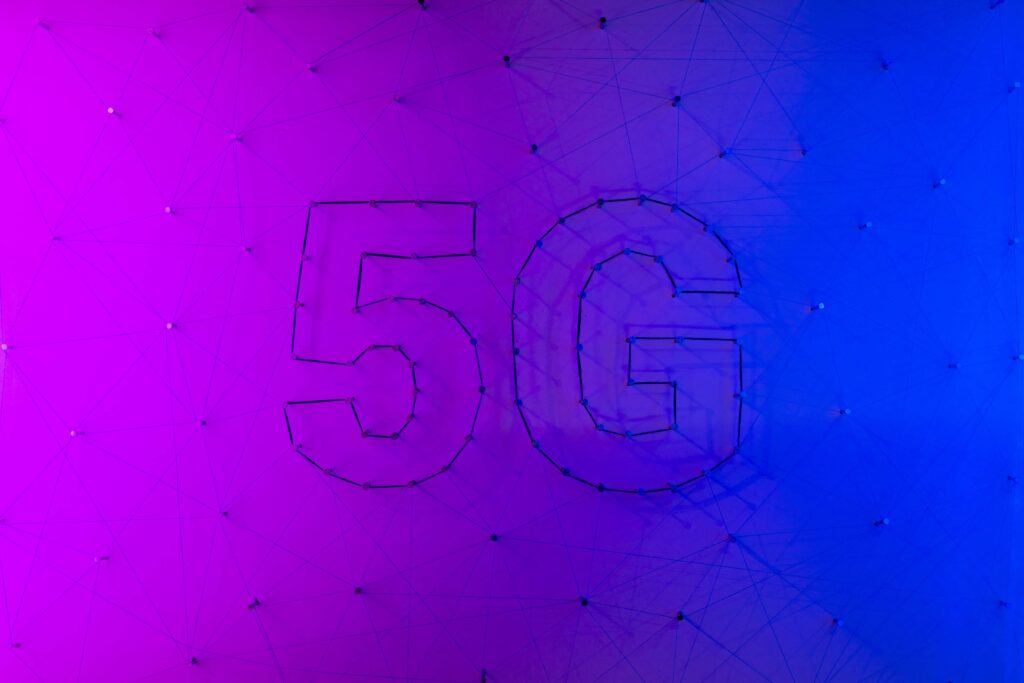
In addition to helping businesses realize the value of IoT quickly, telcos can also differentiate themselves in the market by offering innovative solutions that meet the specific needs of their customers. For example, telcos can offer custom packages that include data analytics services, platform solutions, and consulting services to help businesses get the most out of their IoT systems.
Overall, IoT offers a significant opportunity for telcos to become service providers and drive growth through the development and deployment of innovative solutions that meet the needs of their customers.
Robust mobile network coverage is essential for the widespread adoption of #iot technology. Telcos can play a key role in enabling IoT adoption by providing reliable, secure connectivity that enables connected devices to communicate with each other and with the internet.
By offering core connectivity services that go beyond simply selling “the pipe,” telcos can differentiate themselves in the market and provide value to their customers by helping them achieve specific business outcomes.
The IoT market is expected to continue to grow in the coming years, and telcom companies that are able to offer innovative, value-added services will be well-positioned to take advantage of this growth. By helping businesses achieve their digital transformation goals and providing the necessary #network connectivity, telcos can showcase the true value of their services and push back against market commoditization.
IoT has the potential to transform various industries and aspects of our lives by enabling the collection and analysis of data from connected devices. IoT technology is based on a network of connected devices that can communicate with each other and with the internet, allowing for the exchange of real-time data and updates.
There are many potential applications for IoT technology, including smart homes, smart cities, agriculture, manufacturing, transportation, and healthcare. In each of these areas, IoT can help businesses and organizations improve efficiency, productivity, and decision-making by providing real-time data and insights.
In order to realize the full potential of IoT, it is important for the technology to be simple to deploy and use. Telcos and other service providers can play a key role in simplifying the delivery of IoT solutions by offering packages that include connectivity, network management, and device management services. By making it easy for businesses to get started with IoT, service providers can help drive widespread adoption of the technology.

Partner networks can be an effective way for telcos to accelerate the adoption of IoT technology in the B2B market. By working with other companies and organizations that have complementary skills and expertise, telcos can bring innovative solutions to market more quickly and efficiently.
Telcos have a unique advantage in the IoT space due to their expertise in connectivity and network management. By partnering with companies that have expertise in areas such as data analytics, device management, and industry-specific solutions, telcos can offer more comprehensive packages to their customers and help them achieve their digital transformation goals.
Partnering with other companies can also help telcos to address challenges such as time-to-market and cost, as they can share resources and expertise to develop and deploy solutions more efficiently. By building strong partner ecosystems, telcos can leverage the strengths of different organizations and create mutually beneficial relationships that drive growth and innovation in the IoT market.
Partnering with other companies in the supply chain can be an effective way for telcos to accelerate the adoption of IoT technology. By working with distributors and supply chain platform partners, telcos can streamline the process of bringing new products and services to market and make it easier for customers to access the IoT solutions they need.
Distributors can provide logistics, inventory, and contracting services, as well as expertise in building tech stacks for a variety of use cases, which can help telcos to add new products and services quickly and efficiently. Supply chain platform partners can offer automated subscription and billing workflows and a digital self-service experience that lets customers select their IoT solutions on demand, further simplifying the process of accessing the technology.
Overall, building strong partner ecosystems can help telcos to focus on their core competencies, such as connectivity, while leveraging the expertise of other companies to bring innovative solutions to market more quickly and efficiently. This can help telcos to drive growth and differentiate themselves in the IoT market.
Looking for End to End Industrial Automation & IoT Solutions?




